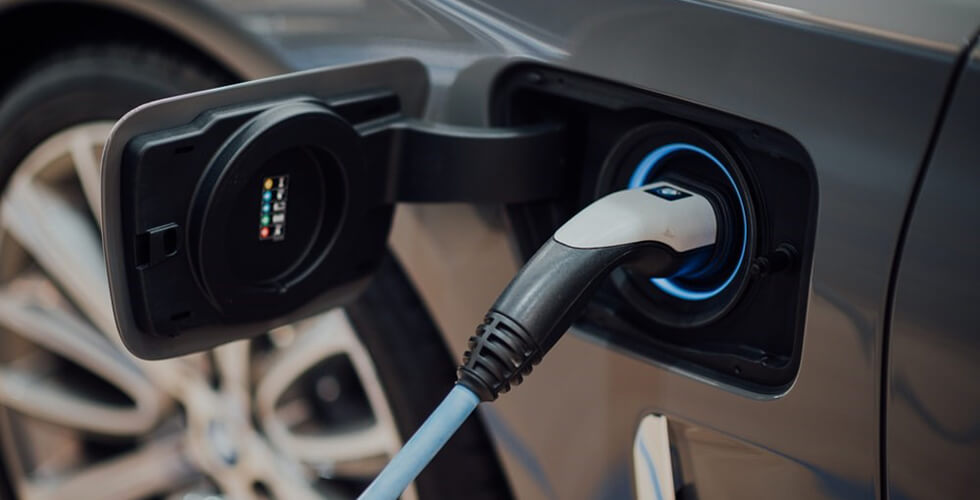The Chinese economy is said to be the second-largest economy trailing the US economy in terms of export and certain macro numbers. However, it transits to certain critics where the govt. of China recommends incorporating supply-side structural reforms that enable economic growth. Being the largest emerging economy, India can certainly take the gung ho position amidst China’s weak performance at present. Accordingly AP, China grew by 4.9% compared to 7.9% on the back of construction slow down. The Chinese economy is expected to grow at the rate of 1.30% as per the analyst’s estimate. The entire trend for the GDP seems to go southward. Certain areas have contributed to lessening the growth in China, namely retail investment, factory production, and construction activities. Besides this, the recent worst scenario impacted in China is that Evergrande Group, a second-largest real estate group in China, is defaulting to repay its debt to the tune of billions of dollars to its bondholders. Amid this, the private sector in China has reduced its expectations regarding its growth.
The industrial output that rose below expectation is one of the major factors that caused declining growth in China. Now the concern is how India can take the benefit from the China factor because China faces risks and challenges altogether while entering the third quarter. Needless to say that China is the foremost country in the entire world economy that started reviving its erstwhile growth – a pre-pandemic situation that has already been reflected in the quarterly numbers at the beginning of the year. However, by looking at the current scenario, businesses are not inclined to incur major CAPEX. As per the Govt. of China, India’s bilateral trade with China increased by almost 50% in the first nine months of FY21. And not only that, China reins to be India’s top trading partner in the second quarter ahead of the USA, UAE.
The slowing Chinese economy affects the entire world including India, especially when we focus on certain macro data like, China’s export to India has risen to almost $68.5 billion by now which is said to be increased by 52% relative to 2020. India actively imports certain items like automobile components, smartphones, and telecom equipment among others items. With China’s continued effort to grow its economy, India can take the benefit from the size of its domestic market because the bulk of India’s investments is domestic-based.
The way India can accumulate its benefit from the slowing Chinese economy is by exploring more resources within the country, and with this, creating a competitive tax and duty structure that by far hampering India’s conglomerates including start-ups. The governance system and policy framework in India must ensure the transparency that paves the way for India’s long-term success story. India should by and large not be vulnerable to any external anomalies including being affected by the China factor, however, it must find ways that fuel its economic growth!!


